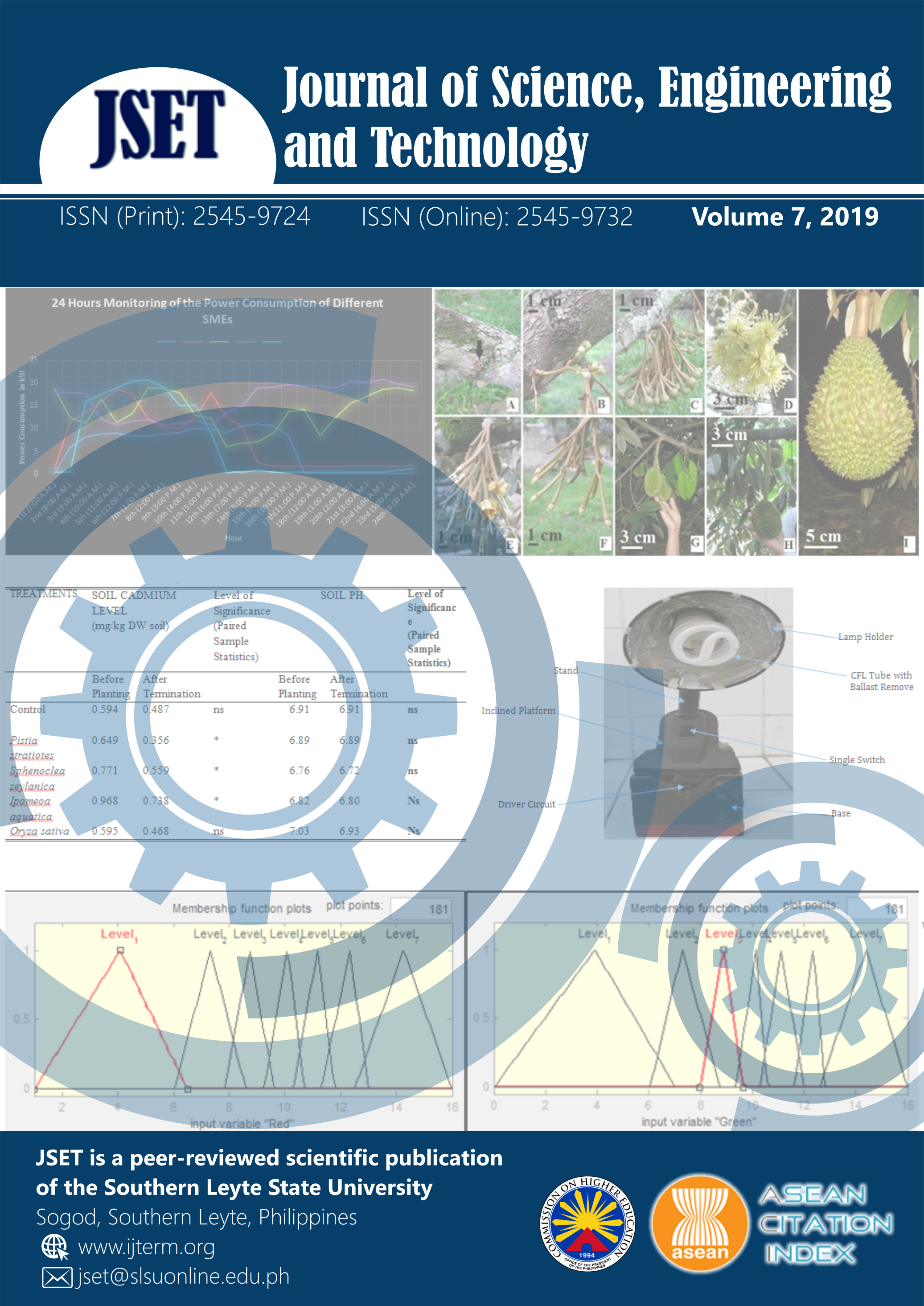Liquid Nutrient Formulations for Red Rapid Lettuce (Lactuca sativa L.) Production under Aggregate Hydroponic System
DOI:
https://doi.org/10.61569/yy0c2803Keywords:
Free radical scavenging activity, Ferments, Pigment composition, Tilapia fish effluentAbstract
This study was conducted to investigate the effects of liquid nutrient formulations on the horticultural characteristics, yield, pigment composition, and free radical scavenging activity of lettuce under aggregate hydroponic production system. The efficacy of three nutrient solutions derived from golden snail, madre de agua, and tilapia fish effluent were evaluated using lettuce (Red Rapid) as test plant in completely randomized design. The aggregates were composed of river sand and coconut coir in a ratio of 3:1 by volume. The pigment composition and free radical scavenging activity were done through an ultraviolet-visible spectrophotometer. Results showed that lettuce grown on fermented golden snail (FGS)have comparable plant height and number of leaves with the plants grown on commercial inorganic nutrient solution. However, lettuce grown on FGS exhibited greater leaf size and yield significantly (p<0.05). Plants grown on tilapia fish effluent showed the highest chlorophyll A and total carotenoid contents followed by the plants grown on FGS which is comparable with the control. Moreover, lettuce grown on FGS gave the highest chlorophyll B content and free radical scavenging activity. The application of FGS enhanced the horticultural characteristics, yield and free radical scavenging activity of lettuce while tilapia fish effluent improved the pigment composition of the test plant. These results indicate the potential of FGS and tilapia fish effluent as valuable sources of organic fertilizer material for lettuce production under an aggregate hydroponic system which can be helpful in community resilience programs.
Downloads
Published
Issue
Section
License

This work is licensed under a Creative Commons Attribution 4.0 International License.
This is an open access article distributed in accordance with the Creative Commons Attribution 4.0 Unported (CC BY 4.0) license, which permits others to copy, redistribute, remix, transform and build upon this work for any purpose, provided the original work is properly cited, a link to the license is given, and indication of whether changes were made. See: Creative Commons Attributions 4.0 International License.








